It is said that many people break their New Year’s resolutions by the end of January. In fact nearly 40% of the New Year’s resolutions made will have been abandoned by this time. There is even a day designated as “Ditch Your New Year’s Resolution Day” on January 17 to alleviate the guilt that often accompanies the giving up on these good intentions. The year has barely begun and people have stopped walking on the path they set for the New Year because they fail to realize that the harvest they want to see is dependent on time for its season.
The truth is that we still stand at the threshold of the year. Agriculturally speaking the seeds haven’t even been planted for this year’s harvest. We still remain in the season of planning and preparation. Giving up on this year’s harvest before it has even been planted reflects a lack of awareness on how harvests come to bear fruit. The harvest takes time and work. Indeed you will reap what you sow but the reaping comes in due season. It doesn’t happen overnight.
In this picture circa 1917, three French women took it upon themselves to bear the burden of pulling the plough because their lives and the lives of their children were dependent upon the harvest. The men were off at war and the retreating German army took the horses which were relied upon to carry the burden of pulling the plough. Planting needed to be done but the ground could not take the seeds until it was cultivated. So the women themselves took on the necessary task of pulling the plough because nothing was going to stop them from receiving a harvest.
Are you willing to do what needs to be done to see the harvests in your life? Start by looking upon the year as the farmer does. The farmer takes time to develop a harvest strategy in order to receive what is needed. What if you looked upon all those things you want to accomplish as potential harvests in your life? A harvest requires some planning and p-l-o-u-g-h-i-n-g and cultivating along with a lot of hard work long before one can even begin to see a harvest.
Is the goal you want to accomplish as important as the harvest was to these women whose families depended upon it to survive? Maybe your survival doesn’t depend on your goal—or maybe it does? The point is that your goal will produce a harvest in your life if you approach it as something that is planted into a field that in turn needs planning, ploughing, planting, cultivation, and harvesting.
It remains that this picture inspired other nations to send women out into the fields to insure there was a harvest while men fought in the war.I pray that it inspires you to do the hard work that needs to be done so that you receive the harvest you have been wanting for. Should the time come for ploughing and there is nothing to pull the plough with, may you remain determined to overcome any difficulties in order to cultivate the field for planting. I hope this inspires you to find a way to put your hand to the plough and plough on.
Plough on dear friends. Plough on.
Until we meet again, may God hold you in the palm of His hand.
~ An Old Irish Blessing ~
Marian McCoy Boveri
Copyright: Marian Boveri @ www.AllThingsHarvest.com
Picture copyright: https://goo.gl/896YLg

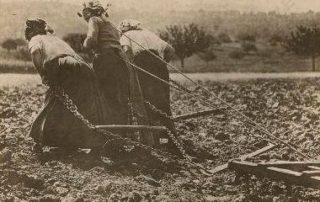

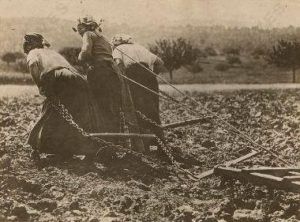
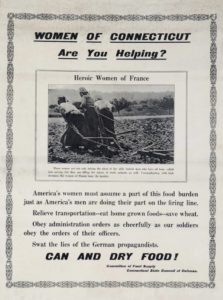
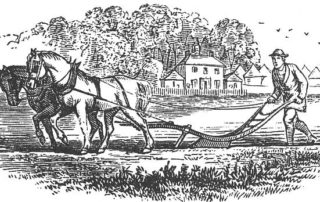

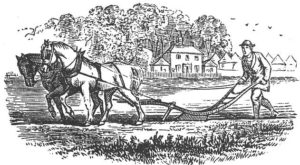


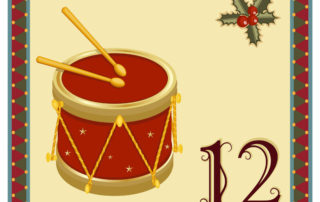












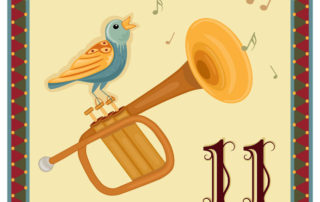


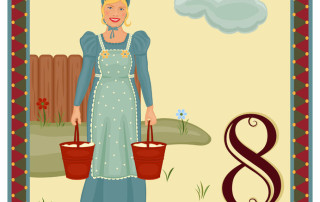
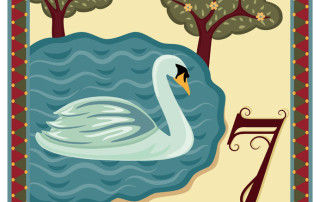

Let’s Connect
Facebook
Twitter
Google +1
LinkedIn